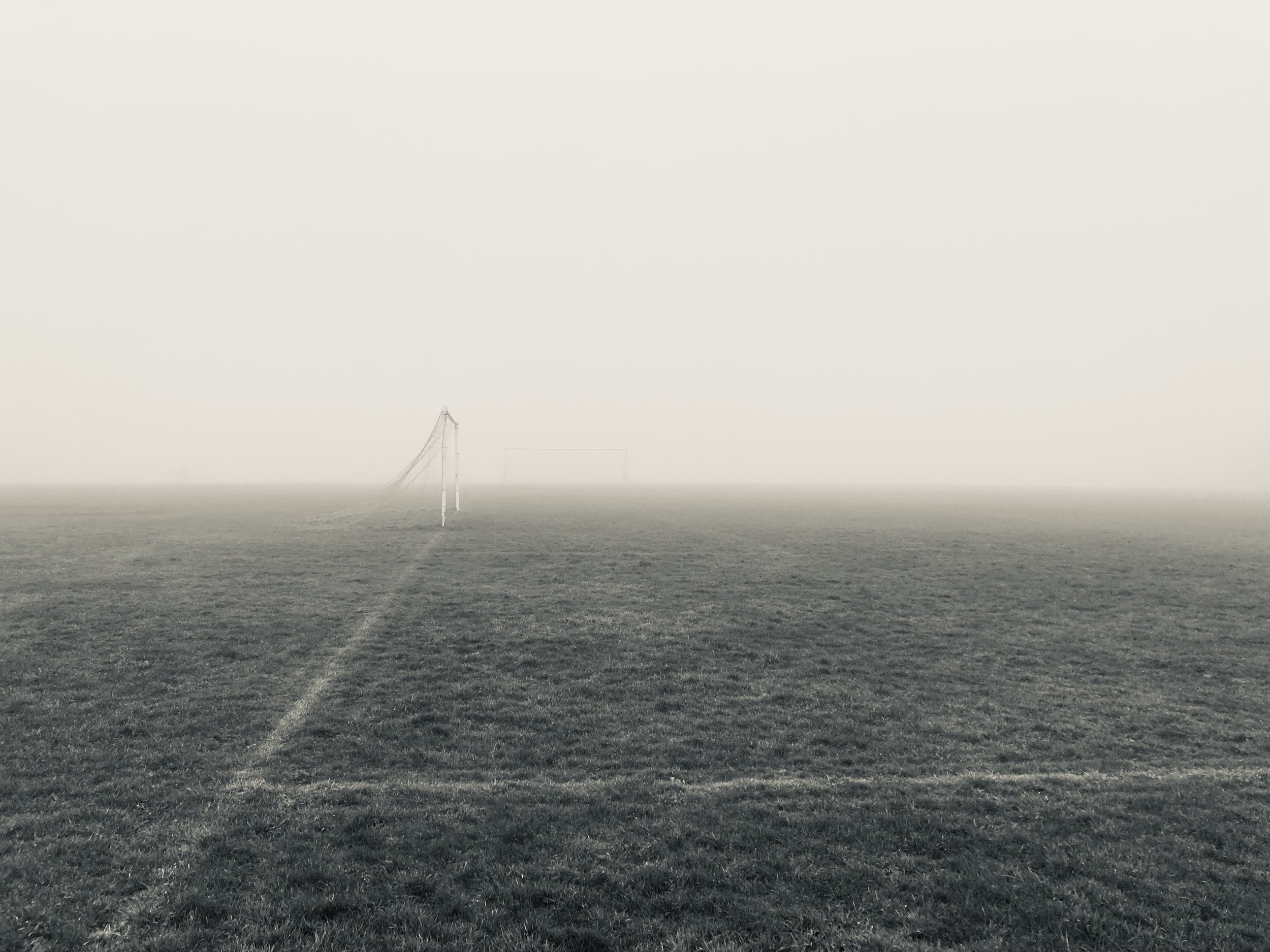Photography is an art form that has the remarkable ability to capture moments, emotions, and stories with a single click of the shutter. While photography allows for an array of styles and approaches, one that has gained significant recognition and admiration over the years is minimalism. Minimalism in photography is an aesthetic approach that focuses on simplicity, using the bare essentials to convey a powerful message or evoke deep emotions. In this essay, we will explore the essence of minimalism in photography, its principles, and its impact on the viewer.
The Playing Fields Series - Eugene Thomas
The Essence of Minimalism in Photography
Minimalism in photography is all about distilling an image down to its most fundamental elements. It emphasizes simplicity, clarity, and the removal of unnecessary details. At its core, minimalism is about doing more with less. By using negative space, clean lines, and a limited color palette, photographers can create visually striking images that are both calming and captivating.
The Principles of Minimalism
Simplicity: The cornerstone of minimalism is simplicity. Photographers aim to capture subjects or scenes with a minimum of distractions. This often means isolating the main subject and removing any clutter from the frame. By simplifying the composition, the viewer's attention is directed to what truly matters.
Negative Space: Negative space, the empty areas in a photograph, plays a crucial role in minimalism. It allows the subject to breathe and stand out. The careful use of negative space can evoke feelings of serenity and contemplation, drawing the viewer deeper into the image.
Clean Lines: Minimalist photographs often feature clean, straight lines. These lines can create a sense of order and balance within the frame. Whether it's the lines of a building, a road, or a horizon, they contribute to the simplicity and elegance of the image.
Limited Color Palette: Minimalist photographers often opt for a limited color palette, sometimes even using black and white exclusively. This reduction in color can accentuate the shapes, forms, and textures in the photograph, allowing the viewer to focus on the essentials.
Negative Contrast: Minimalist photos often use negative contrast to enhance the subject. This means that the subject is either much brighter or much darker than the background, creating a strong visual impact.
Impact on the Viewer
Minimalist photography has a profound impact on the viewer. By stripping away distractions and focusing on essential elements, it invites the viewer to engage in a contemplative experience. The simplicity and clarity of minimalist images often convey a sense of tranquility and harmony.
Moreover, minimalist photography has the power to evoke emotions. The absence of clutter and complexity allows viewers to connect more deeply with the subject or scene. Whether it's the solitude of a lone tree in a vast desert or the serenity of a single droplet of water, minimalist photographs can convey powerful emotions that resonate with the viewer.
In addition, minimalism in photography encourages viewers to slow down and appreciate the beauty in simplicity. In a world filled with noise and information overload, minimalist images provide a welcome respite. They encourage mindfulness and reflection, inviting viewers to savor the moment captured in the photograph.
Minimalism in photography is a powerful artistic approach that celebrates simplicity, clarity, and the removal of distractions. It allows photographers to distill a scene down to its essential elements, creating images that are both visually striking and emotionally resonant. Through the principles of simplicity, negative space, clean lines, a limited color palette, and negative contrast, minimalist photographers craft images that invite viewers to engage in a contemplative experience and connect with the subject on a deeper level. In a world that often feels overwhelming, minimalism in photography offers a visual oasis of calm and beauty, reminding us to appreciate the elegance of simplicity.
